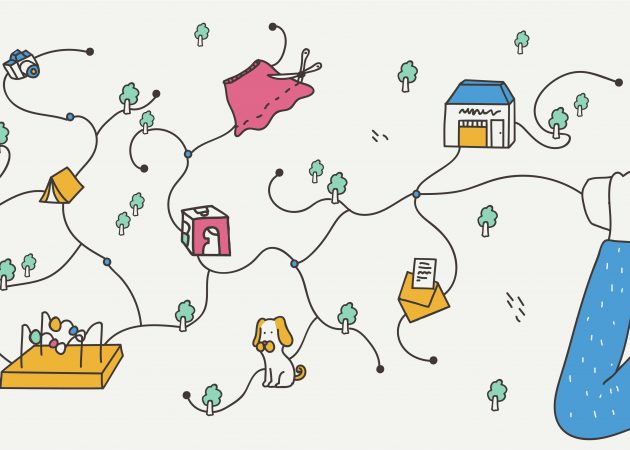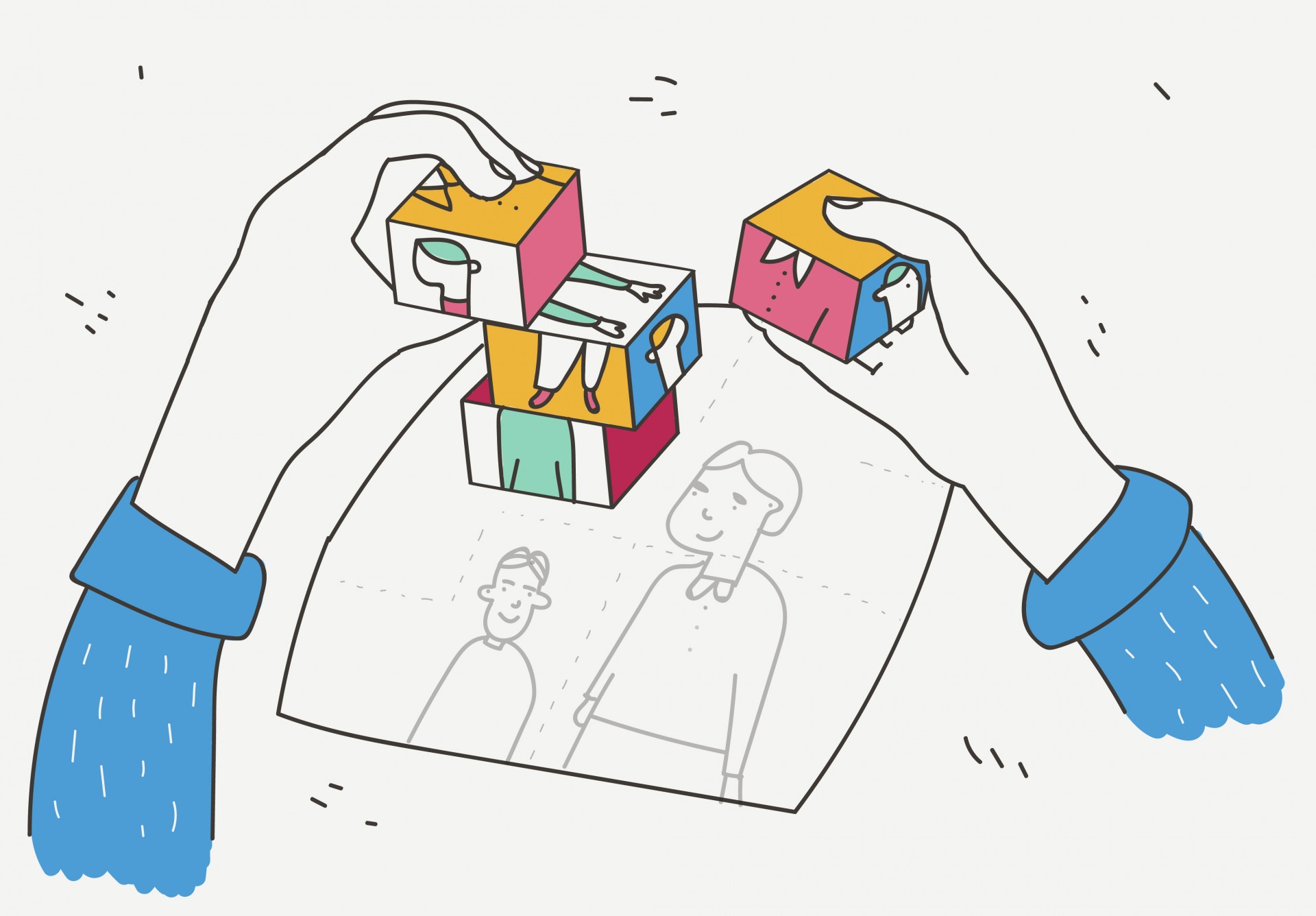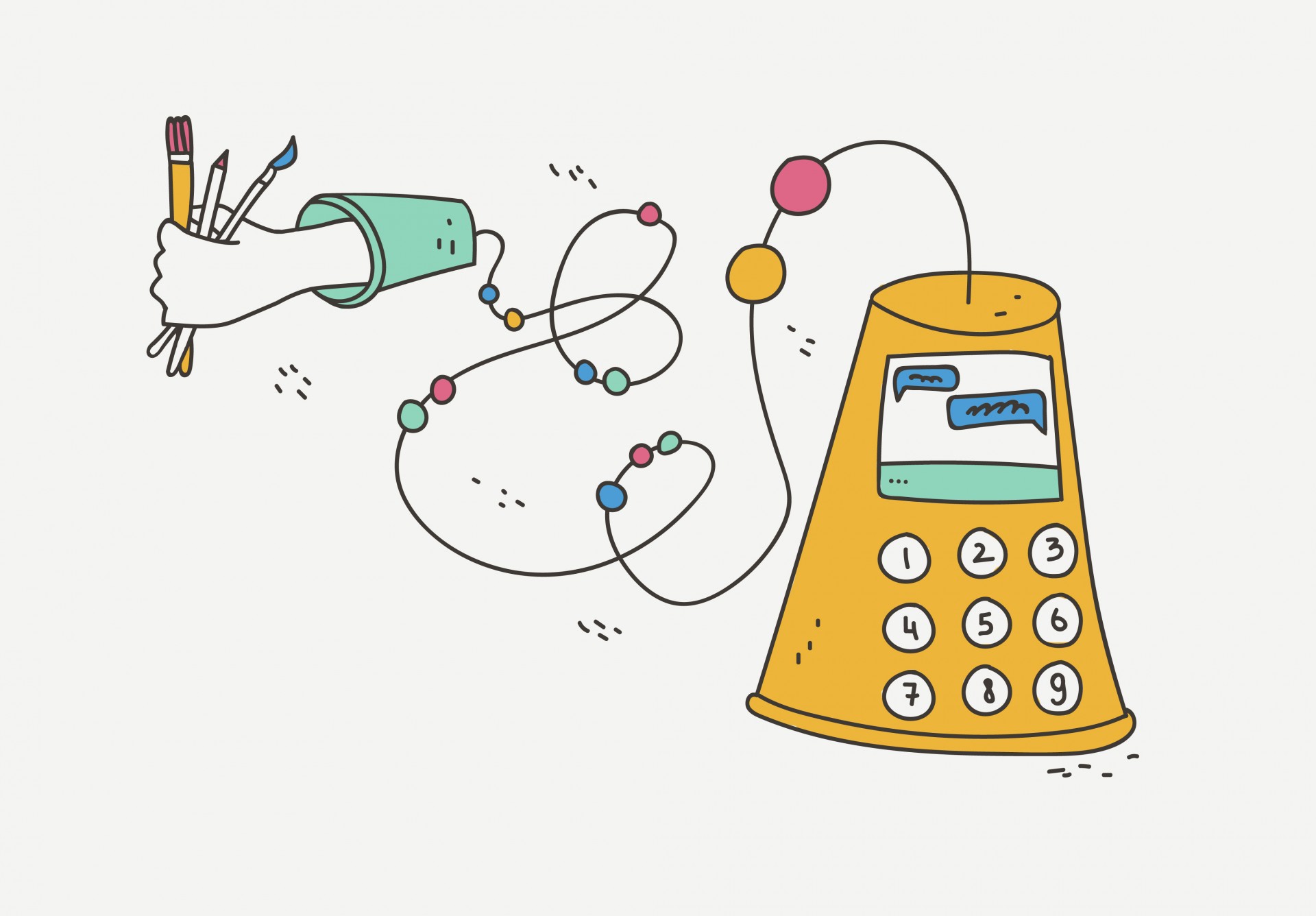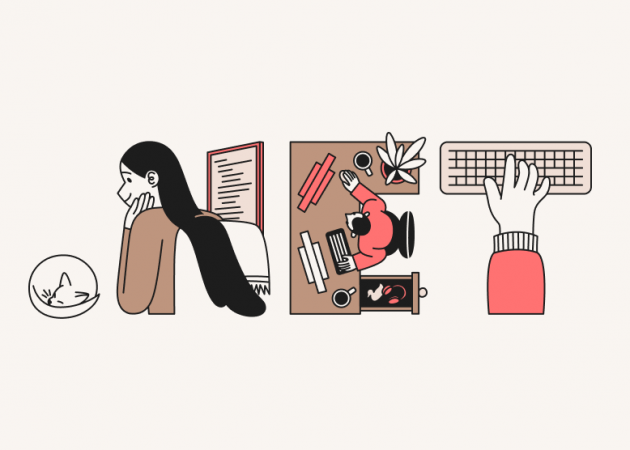
Should You Hire Remote Graphic Designers?
Contents
Contents
When it comes to creative design services, outsourcing is a common practice. To shape a unique brand image, companies frequently commission one-off creative pieces. Relying on freelancers or creative agencies is fairly rational when you have a clearly defined box of needs. But what if you need long term production of graphics? What if an artist’s talent, style and skills are at the very core of your business?
Good examples of this are video game companies or production studios. Should the creative content processes—aspects upon which these companies rely—be entrusted to someone remote?
Style adaptation
By far the largest concern that we have come across, is whether or not an artist is able to interpret the desired brand style. Traditionally, illustrators develop their own unique genre to stand out among competitors. Working for a client, however, may mean abandoning one’s bespoke character and adapting to the given brand concept.

Beetroot’s Graphic Designer, Masha Izmailova, believes that style imitation skills are solely dependent on the artist’s professionalism. There’s a light and breezy way to examine these skills—give them a test assignment. We use tests as part of the selection process to make sure that artists are able to comply with the company’s style. At its very core, this is no different from a cook delving into a new cuisine. A professional, talented cook will adapt to new recipes quickly, whilst an undeveloped chef will require a lot of time.
Deadlines
Creative personalities are often denoted with a certain bias. They are believed to be light-headed and frivolous, oblivious to deadlines, in waiting for their personal muse. In the case of remote artists, the preconceptions grow even worse. Distance is a well-known trust killer, which we’ve covered before, and companies, to some extent, expect their distributed teams to miss deadlines.
Modern illustrators generally take a responsible approach to their projects.
From our experience, working with clients, this is unabated stereotyping, not backed up by data. Modern illustrators, who make a living from their talent, generally take a responsible approach to their projects. With all this being said, any hiring (both in-house and remotely) comes with some risk. Always check for references, and if the scope so demands, always request a test assignment.
Communication
Poorly structured dialogue can decrease productivity…substantially. Misunderstanding between clients and artists is a frequent cause for missed deadlines.

“We have warm, positive relationships with our clients,—Masha says,—They are more like friends than mere colleagues. And we really benefit from the unity we create together. Having vision and preferences synced, it becomes easier for me to understand their ideas and draw for them.”
Remote communication sometimes raises a few red flags on the client-side of things. But there are ways to do it well, whilst avoiding deadline and sanity killers. In a previous article, we underlined that global dialogue may require repeating instructions twice. In the case with artists, take time to reinforce written and verbal communication concerning your visual material and examples. The process requires effort. Once you have it built, briefing time will decrease significantly, and your team of artists will be able to work more independently without sacrificing visual accuracy.
Copyrights
Copyright is a sensitive topic which concerns both remote and in-house artists. However, when outsourcing your creator, there are additional pressures concerning personal trust. Clearly, this requires construction. Generally, trust evolves with longevity and it can be a more protracted process with remote teams.
Having a supportive management takes away many of the business issues.
Masha continues to explain that, “The issue of copyright should ideally be solved by management only”. Robust contracts and management that know what they’re doing, obviously go a long way. When an artist becomes personally involved with drafting contracts and dealing with copyrights, they’re basically placed in a world of bureaucracy that doesn’t play well with creativity. Having a supportive management takes away many of the business issues and lets the artist focus on being precisely that.
Engaging a remote graphic designer, especially on a dedicated basis, provokes questions and concerns. In the end, none of the above are insurmountable mountains and only require a dose of common sense and leadership. The potential uplift an external artist can offer is worthy of its cause. There are difficult questions to ask and answers that require careful scrutiny. So why confine the search for your next unicorn to the borders of one country? The world has plenty of talent. Keep looking!
Subscribe to blog updates
Get the best new articles in your inbox. Get the lastest content first.
Recent articles from our magazine
Contact Us
Find out how we can help extend your tech team for sustainable growth.





